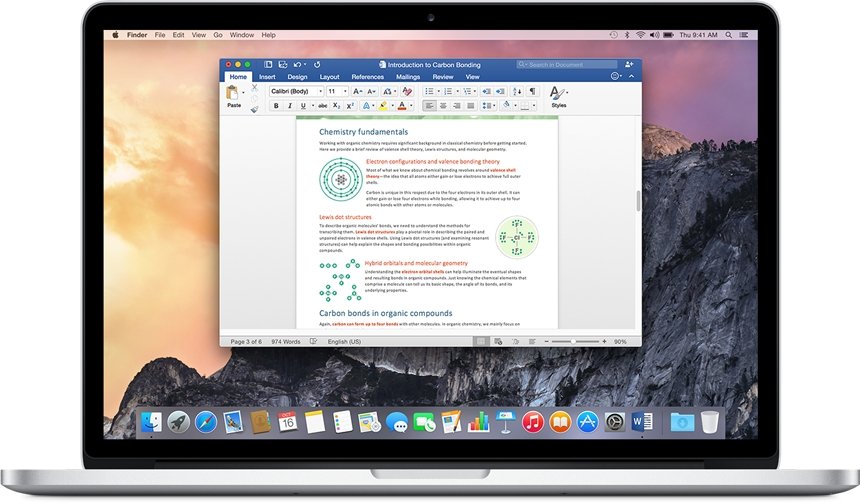
- #Word for mac show invisibles professional
- #Word for mac show invisibles mac
However, if you always want certain invisible characters to appear, you can select them individually in Word > Preferences > View > Show Non-Printing Characters. Microsoft Word: In Microsoft’s near-ubiquitous word processor, the primary way you show and hide invisibles is by clicking the ¶ button in the Home toolbar.To hide them, choose View > Hide Invisibles-the command changes based on whether or not they’re showing. Pages: In Apple’s Pages, you can reveal invisible characters by choosing View > Show Invisibles.
#Word for mac show invisibles mac
Here’s where to look in some popular Mac word processing, page layout, and text editing apps: Precisely where you find the Show Invisibles command-and what it’s called-varies from app to app.

Note that even if you can see invisible characters on the screen, they will not show in a printout of the document. So every app that lets you show invisibles also makes it easy to hide them again so you can focus on your text. Revealing invisible characters is tremendously helpful, but it can also clutter up the display and make text harder to read. Spaces are generally replaced with a vertically centered dot, tabs with some sort of right-pointing arrow, and returns with something that’s formally known as a pilcrow but more commonly called a paragraph mark. To help you identify them, most Mac word processors, page layout programs, and text editors have a command or option called something like “Show Invisibles.”Īs you would expect from the name, Show Invisibles replaces previously invisible characters with something you can see. They’re equally easy to fix, but only if you know why they’re happening. These and similar errors are easy to make or to encounter in copied and pasted text.
An extra return causes a line break, something that you might overlook if the return falls naturally where the line would break on its own, but as you add or remove text, the line break could become embarrassing. The wrong number of tabs might not be obvious until you add or remove text from the line, at which point having too many or too few tabs will suddenly mess up the formatting. #Word for mac show invisibles professional
And yes, current convention among professional publishers and typographers calls for one space after a period, not two.
An extra space can cause an awkward jump from one word to the next, or it could push punctuation away from the final word in a clause or sentence. Just because they’re invisible doesn’t mean they don’t affect the look of a document, often in negative ways. If you select the checkboxes for all these individual characters, using the Show/Hide tool still only toggles the Show All Formatting Marks checkbox-the individual settings for specific characters are not affected at all.Some of the trickiest editing and proofreading problems are related to characters you can’t typically see on the screen: spaces, tabs, and returns. In the dialog box, you can select to individually display or hide specific nonprinting characters. There is one interesting "gottcha" to this, however. Thus, it can quickly turn on and off the nonprinting character display. Clicking it toggles the condition of the Show All Formatting Marks checkbox in the dialog box shown earlier. (Technically this character is called a pilcrow.) This tool is known as the Show/Hide tool. Display the Home tab of the ribbon and look for a tool in the Paragraph group that looks like a backwards P. There is also a quick way you can turn nonprinting characters on and off using the ribbon. This allows you to more accurately control the look of your document and what it contains. You can quickly tell, for instance, when you have inserted two spaces between words or added an extra carriage return. Why would you want to display these characters? Quite simply, because it is much easier to understand spacing when the characters are displayed. In the Always Show These Formatting Marks On the Screen section, select the characters you want Word to display. The Display options in the Word Options dialog box. Click Display at the left side of the dialog box. In Word 2010 or a later version, display the File tab of the ribbon and then click Options.) (In Word 2007 click the Office button and then click Word Options. You can display these special characters, which Word refers to as nonprinting characters, by following these steps: For instance, Word uses special characters to indicate the end of a line or the end of a paragraph. In addition, there are several special characters that Word uses for housekeeping purposes. 

There are several different characters, such as a space and tab, which Word does not normally display on the screen.







 0 kommentar(er)
0 kommentar(er)
